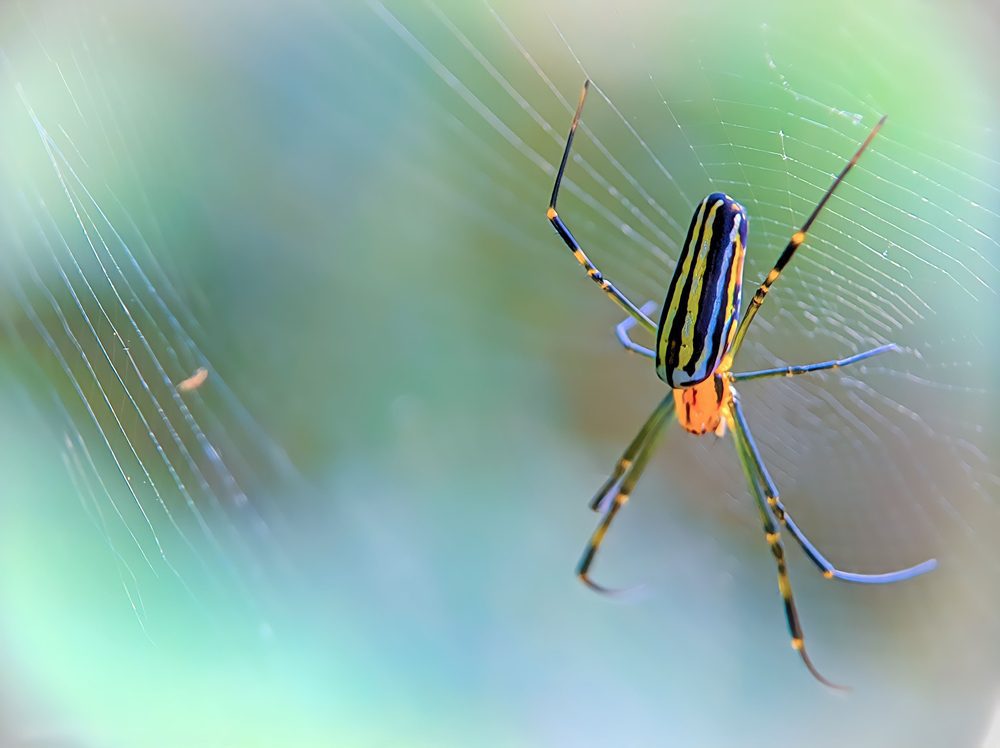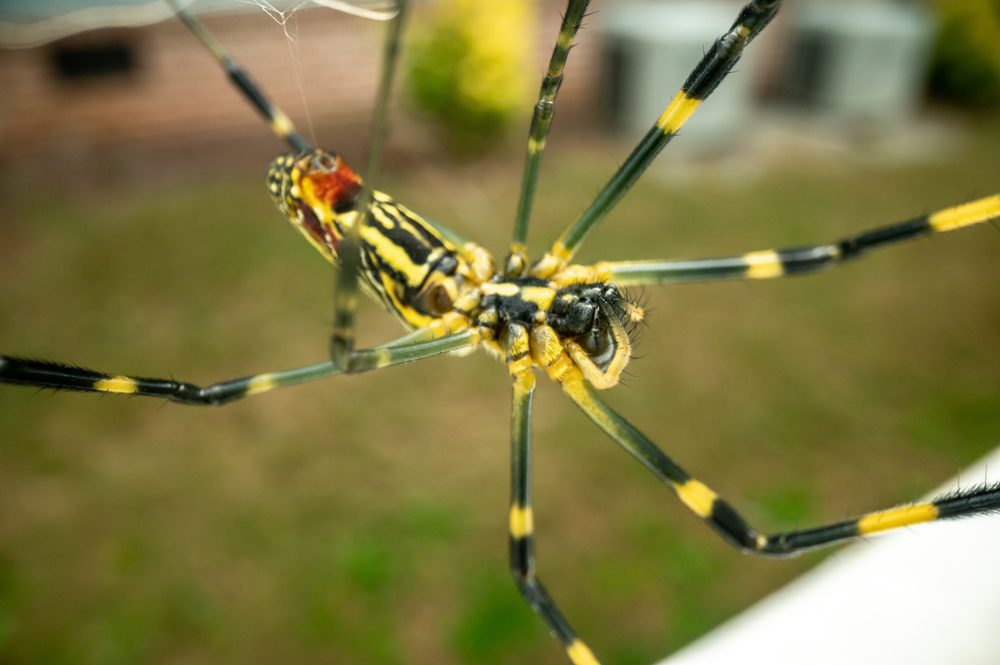The Joro Spider Invasion: Unraveling the Mystery of Giant Venomous Flying Spiders
Amidst the unprecedented incursion, the discovery of the Joro spider (Nephila clavata), a giant venomous flying spider not native to America, has sparked both fascination and concern among scientists and the public. Believed to have infiltrated the Southeastern United States from Japan, these arachnids have been making headlines since 2021, with Georgia as the epicenter of their concentration.
As reports circulate, the Joro spider invasion is anticipated to continue north, potentially reaching New Jersey later this year.
About the Joro Spider

The Joro spider, native to Japan and other parts of Asia, is known for its striking appearance and distinct behavior. These spiders are hard to miss, with a leg span of up to 4 inches and a vibrant yellow and black coloration. What sets them apart, however, is their ability to fly, a trait uncommon among spiders. While not accurate flight in the avian sense, Joro spiders utilize a technique known as ballooning, where they release silk threads into the air, allowing them to be carried by the wind.
The Invasion of the Giant Venomous Flying Spiders
The invasion of Joro spiders in the United States has raised numerous questions among scientists and researchers. How did these spiders make their way across the Pacific Ocean? What ecological impact might they have on local ecosystems?
Is there a reason they have chosen the Southeast as their new home? As experts work to answer these questions, the public is left to grapple with the reality of giant, venomous flying spiders making their presence known in their neighborhoods.
Joro Spider Origin
The origins of the Joro spider invasion trace back to the theory that they were unintentionally transported to the United States via human activities. Cargo shipments, international trade, or personal travel could have facilitated their journey across the ocean. While the exact mechanism of their introduction remains unclear, the consequences of their arrival are becoming increasingly evident.
Georgia, in particular, has been ground zero for the Joro spider invasion. Starting in 2021, residents began reporting sightings of these massive arachnids, both in urban areas and rural landscapes. The spiders’ adaptability to diverse environments and ability to reproduce rapidly have contributed to their successful establishment in the Southeast.
Ecological and Human Implications
As they continue to spread, concerns about their potential impact on local ecosystems and biodiversity are rising.
The ecological implications of the Joro spider invasion are multifaceted. In their native habitats, these spiders control insect populations, acting as natural pest controllers. However, introducing a non-native species can disrupt the delicate balance of local ecosystems.
The Joro spider’s predatory nature may decrease native insect populations, affecting the food web and potentially causing a ripple effect throughout the ecosystem.
Furthermore, giant, venomous flying spiders pose challenges for residents and local authorities. Fear and apprehension are natural responses to the sudden appearance of such unusual and intimidating creatures. Additionally, there are concerns about the potential for Joro spiders to harm humans, especially if they feel threatened. While their venom is not deadly to humans, it can cause discomfort and allergic reactions in some individuals.
The Joro Spiders Arrival in New Jersey
As the Joro spider invasion continues its northward trajectory, the possibility of their arrival in New Jersey later this year has heightened concerns among residents and authorities alike. The potential for these spiders to establish populations in new regions raises questions about how local ecosystems will respond and adapt to their presence.
Additionally, the need for public awareness and education on coexisting with these arachnids becomes crucial to mitigate unnecessary panic and ensure the safety of both humans and spiders.
Management of the Giant Venomous Flying Spiders
Efforts to manage the Joro spider invasion are underway, with researchers monitoring their spread and studying their behavior. Understanding the biology and ecology of these spiders is essential in developing effective strategies for mitigating their impact.
Public outreach and education campaigns can also help dispel myths and alleviate fears surrounding these arachnids, fostering a more informed and tolerant coexistence.
Navigating the Web of Change: The Joro Spider Invasion
In the face of the unprecedented Joro spider invasion, communities must unite, educate, and adapt. The delicate balance of ecosystems requires a nuanced understanding of these arachnids, emphasizing coexistence and responsible management. As we conclude, let us remember the importance of harmonizing with nature to foster resilient and sustainable ecosystems.
If you face any pest-related challenges, including potential encounters with the Joro spider as it enters New Jersey, contact NJ Pest Control. Our experts are equipped with the knowledge and tools to address various pest problems while promoting environmentally friendly solutions.
By choosing professional assistance, you contribute to a safer and more informed community, ensuring you can navigate the intricacies of the natural world with confidence and peace of mind. Contact NJ Pest Control for all your pest-related concerns and embrace a harmonious future where humans and nature coexist.

